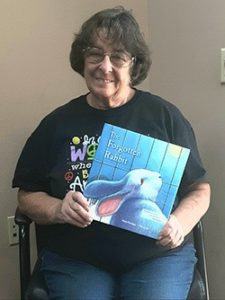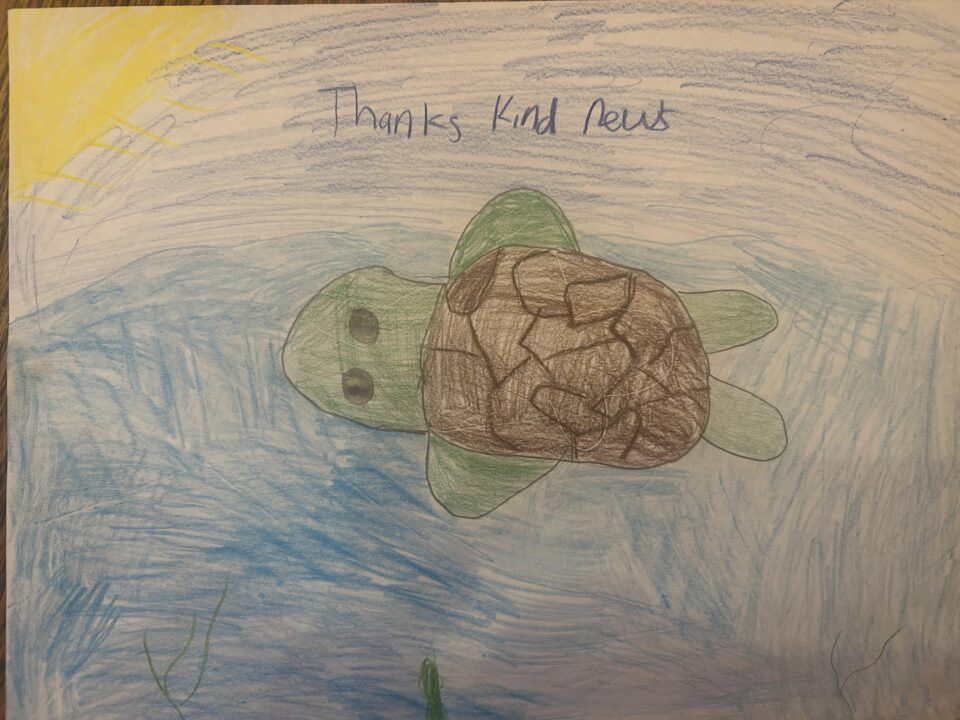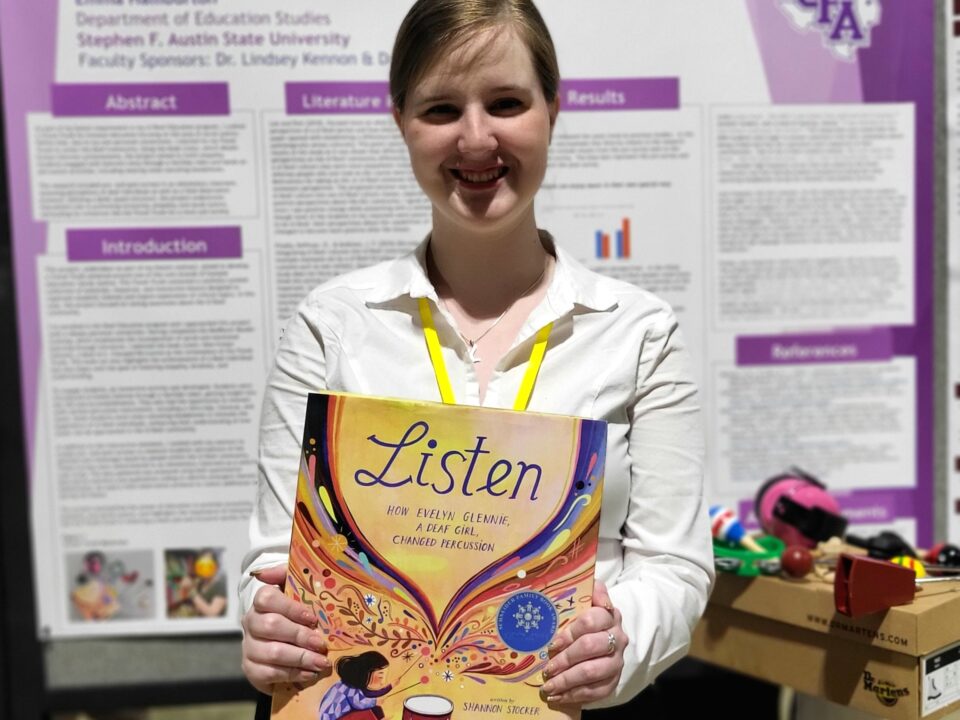RedRover Readers Volunteer Spotlight: Lynn Hildebrand
November 17th, 2020
Lynn Hildebrand is a Humane Education Teacher at the Humane Society of San Bernardino Valley, California. She became involved with RedRover Readers when she attended a RedRover Readers workshop in San Diego sponsored by Pet Assistance Foundation.
Since taking the course, Lynn has found the RedRover Readers strategy of using open-ended questions most beneficial to her students. “They learn to respect another student’s answer or point of view which might be different from their own. As they listen to other students’ answers, they learn how to be polite, even if they disagree with how a student is answering.” Open-ended questions are questions that cannot be answered with a yes or no, instead they require an unprompted and personal response. An example of an open-ended question is, “How do you think the dog might be feeling in this picture?” Lynn notices that students are eager to share their thoughts and are not afraid of giving a “wrong” answer in response to open-ended questions.

“We all benefit from listening and respecting one another,” Lynn said. “Sometimes we laugh. Sometimes we are very serious. But we are always learning. And we are always being empathetic to the needs of one another and the animals.”
Some of her favorite memories of reading RedRover Readers books are during San Bernardino Humane Society’s Critter Camp. “A cat came to visit as we read RedRover Readers program books, Mrs. Crump’s Cat and Ginger Finds a Home. Students were kept on their toes wondering and predicting, ‘Is Mrs. Crump going to keep the cat she found? Was Mrs. Crump being responsible in her care for the cat as she tried to find the owner?’ There were smiles and cheers of joy when I showed them the last page of Mrs. Crump sitting with the cat on her lap.”
During another reading, the students expressed a great deal of concern for the rabbits as they read The Forgotten Rabbit. Lynn said, “Not only did we discuss words, such as binkying, periscoping, shaking, shivering, zigzagged, zoomed, zipped, rocketed, torpedoed, but we looked at the illustrations of the rabbit in a cage, fall leaves, the rabbit curled up tightly in the corner of the cage, snow. We then made a list of all the ways we could show people, animals, and even our planet that they are not forgotten.”
Lynn continues to use the RedRover Readers program with the children that visit the San Bernardino Humane Society. Because they can’t meet in-person, Lynn has been videotaping her sessions and sharing them on YouTube.
Curious about the program? Lynn says, “I would strongly recommend taking the workshop and choosing books from the RedRover Readers booklist. The books have made such an impression upon the hearts and minds of not only our youth, but adults as well.”



